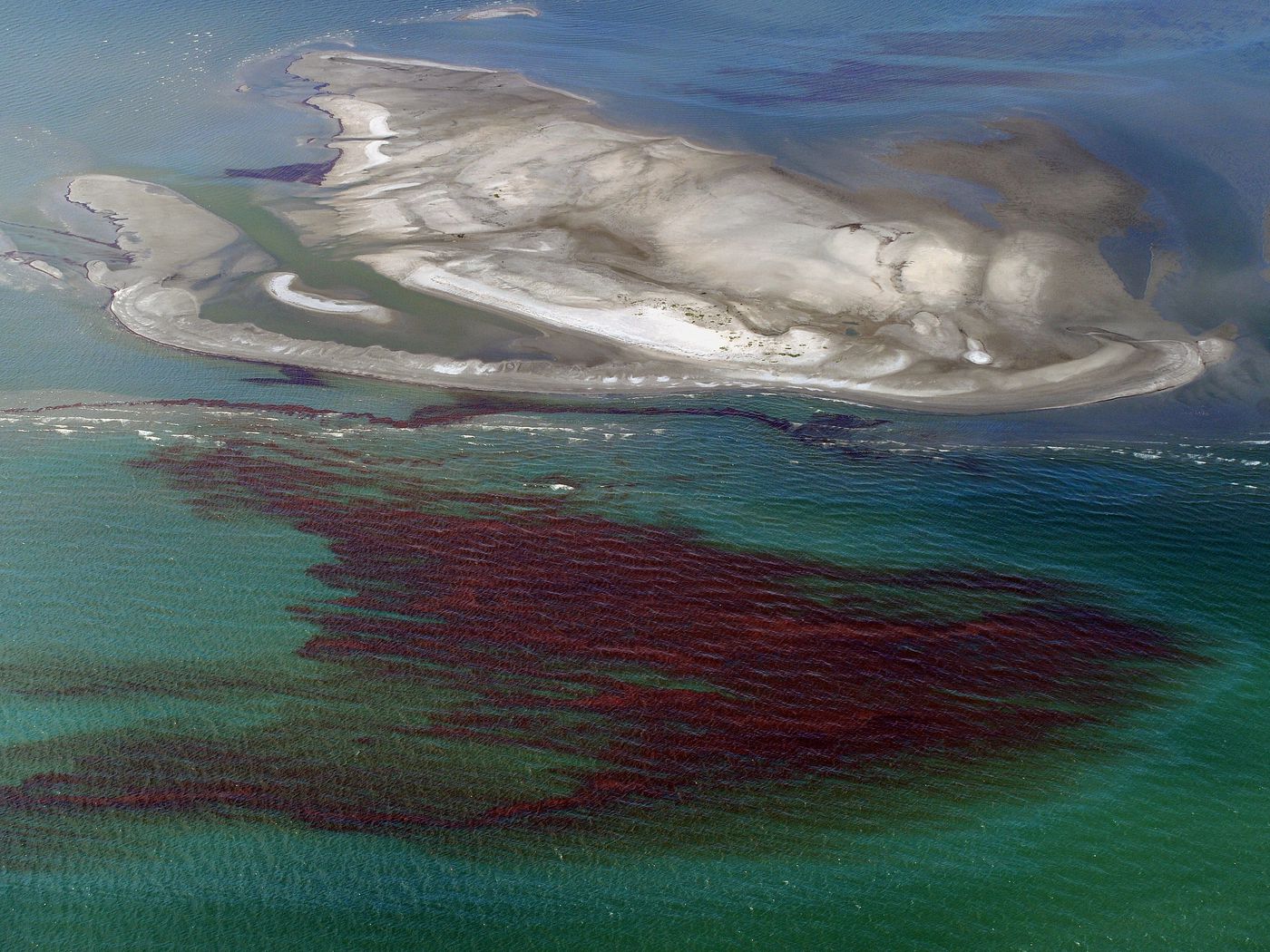Maeve O'Sullivan is a policy analyst focused on environmental regulations and their role in preventing oil spills. Her articles provide an in-depth look at the intricacies of policy-making and enforcement.
The Deepwater Horizon disaster, commonly referred to as the BP oil spill of 2010, was a catastrophic event that left an indelible mark on the Gulf of Mexico's environment. On April 20, 2010, an explosion on the Deepwater Horizon oil rig led to one of the largest marine oil spills in history, releasing an estimated 4.9 million barrels of oil into the Gulf over a span of 87 days. The immediate impact of this incident was devastating, leading to widespread death of marine life, destruction of habitats, and significant economic losses for coastal communities.
The oil spill had far-reaching effects on various aspects of the Gulf's environment. Marine species, from dolphins to sea turtles, suffered significant population declines. The oil also coated marshes and beaches, destroying crucial habitats for birds and other wildlife. Furthermore, the spill led to hypoxic conditions, creating oxygen-depleted "dead zones" where marine life could not survive. The cleanup strategies employed, while necessary, also had their own impacts on the environment. For instance, the use of chemical dispersants to break up the oil led to further ecological complications.
Stay tuned as we delve into the restoration efforts that followed this disaster, the current state of the Gulf's environment, and what the future might hold for this vital ecosystem.

🌿 Charting the Course: Navigating the Cleanup and Restoration After the Deepwater Horizon Spill
Following the 2010 Deepwater Horizon disaster, numerous restoration efforts were undertaken to mitigate the Gulf of Mexico oil spill effects. One of the largest endeavors was the Deepwater Horizon Natural Resource Damage Assessment (NRDA) led by BP, the company responsible for the spill. The NRDA implemented a variety of oil spill cleanup strategies, ranging from shoreline and marsh cleanups to the restoration of damaged habitats and wildlife populations.
Several non-profit organizations and government agencies also participated in the recovery efforts. They utilized innovative oil spill cleanup methods, such as the use of oil-eating bacteria and the application of dispersants to break down the oil. These efforts were instrumental in cleaning up oil spills in the ocean and minimizing the impact of oil spills on the environment.
Despite these efforts, the road to full recovery is long and fraught with challenges. The Gulf's ecosystem is complex and the long-term effects of the oil spill are still being studied and understood. Yet, the collective efforts of countless individuals and organizations have undeniably played a pivotal role in the Gulf's recovery thus far.
Let's take a closer look at the restoration efforts in action and the progress made in the Gulf over the years since the disaster.
The video provides a glimpse into the immense efforts that have gone into restoring the Gulf and the progress that has been made. However, the journey towards full recovery continues. Let's delve deeper into the current state of the environment around the Gulf of Mexico post the Deepwater Horizon disaster.
🔬 Unmasking Today's Gulf: A Deep Dive into the Current Health of the Gulf's Ecosystem
As we delve into the current state of the Gulf's environment, a decade after the Deepwater Horizon disaster, it's clear that the road to recovery has been complex and fraught with challenges. The impact of oil spills on the environment can be long-lasting, and this is evident in the Gulf of Mexico.
On the positive side, many species have shown signs of recovery. Dolphins, once severely affected by the BP oil spill, are now breeding successfully in certain areas. Similarly, some bird populations are slowly rebounding, indicating that oil spill cleanup strategies have had some success.
However, the story isn't the same across the board. Certain deep-sea corals, vital to the Gulf's ecosystem, continue to struggle. The oil spill of 2010 has left a lasting imprint, with some species still showing signs of oil exposure. Additionally, the long-term effects of chemical dispersants used in cleaning up oil spills in the ocean remain a concern.
So, has the Gulf fully recovered from the BP oil spill 2010? The answer is complex. While we've seen promising signs of wildlife recovery, ongoing challenges remind us that the journey towards full restoration is far from over.
Species Recovery Trends in the Gulf of Mexico Post-Deepwater Horizon Disaster
🔮 Gazing into the Gulf's Future: Predictions and Projections for the Post-Spill Environment
Peering into the future of the Gulf's environment, the picture is complex. The Deepwater Horizon recovery process has been a testament to the resilience of nature and the effectiveness of oil spill cleanup strategies. However, the Gulf of Mexico oil spill effects are still being felt, with some species struggling to regain their pre-spill populations.
Scientific studies suggest that while substantial progress has been made, the impact of oil spills on the environment can last for decades. The BP oil spill of 2010 was a stark reminder of this, with its effects still visible in certain areas of the Gulf. The future health of the Gulf's ecosystem largely depends on continued restoration efforts and the prevention of future spills.
So, what can we do? Staying informed about Gulf Coast oil spill updates and supporting policies and practices that prevent such disasters are crucial steps. Remember, every effort counts in preserving our oceans and the rich biodiversity they support. Let's ensure the story of the Gulf of Mexico oil spill serves as a lesson, not a prophecy.




















